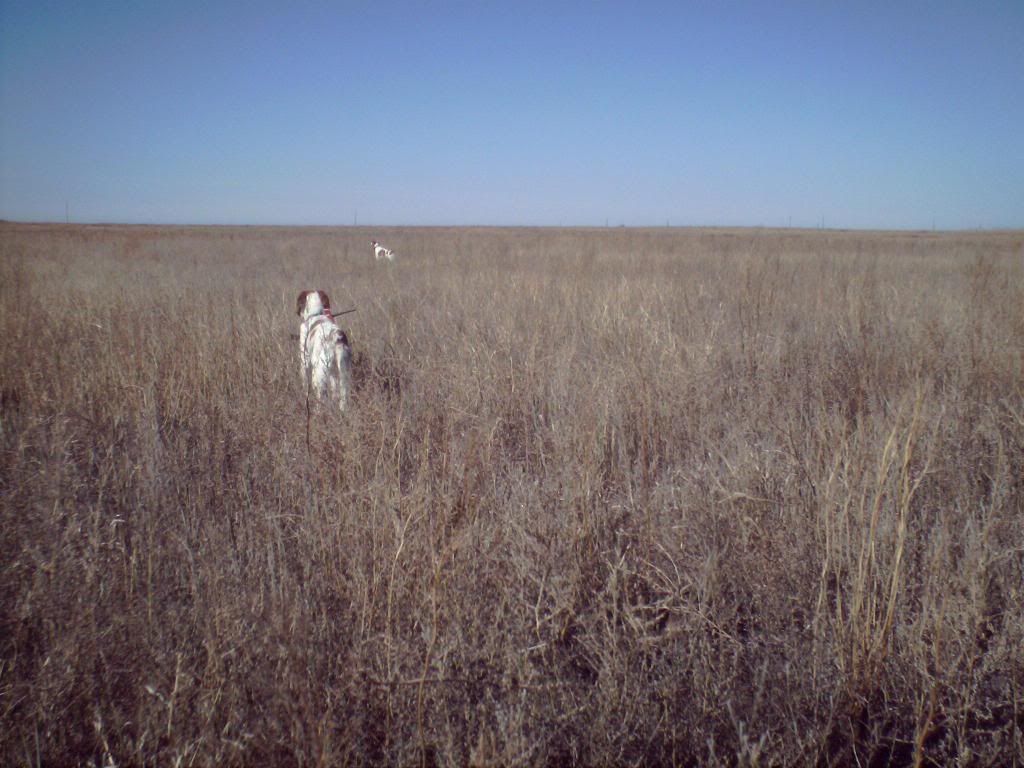Well I hacked my way through a cockleburr hell today. I swear they had to cultivate them to get a stand like this! Plants about 3.5 foot tall and absolutelt covered. The long haired dogs even shaved, picked them up in their pads, and bellies. In all our clothes,the big hard nasty kind that puncture your fingers. Caused me to wonder, what good they are? Generally, I am in favor of weeds, ragweed, hard on allergy but heaven for quail, iron weeds, pheasant heaven, but I can't say I have ever seen a good use by any man or beast for cockleburr. I't would make me feel better to know that my suffering had purpose! Anybody know anything good about cockleburr?
At least Jimsonweed eats nuclear waste!
At least Jimsonweed eats nuclear waste!

